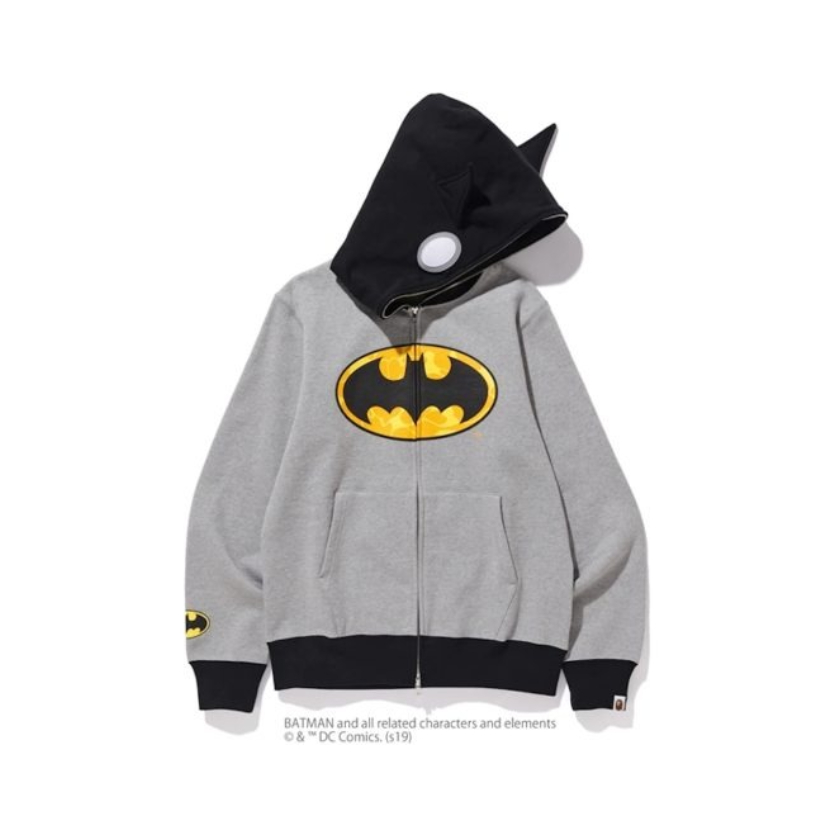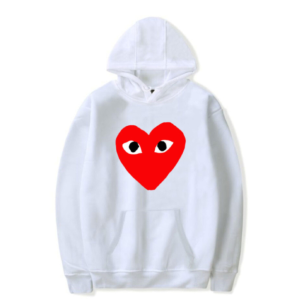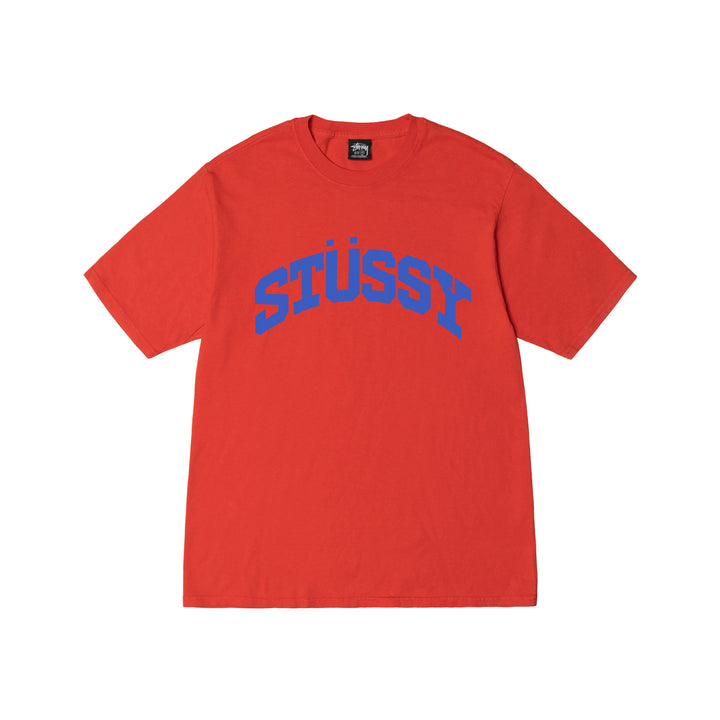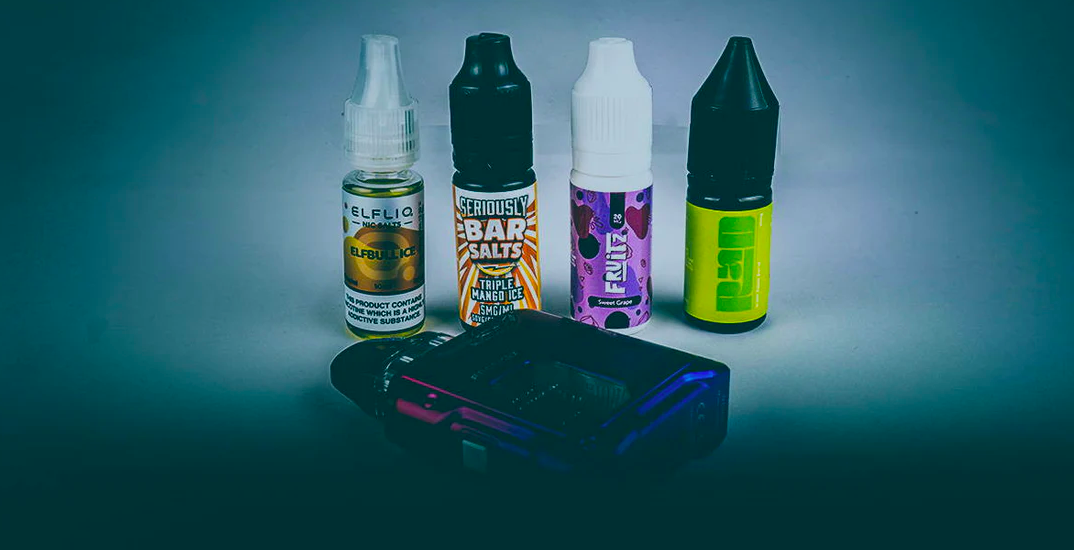Introduction to Bape and Its Rise in Luxury Streetwear
When you think of streetwear royalty, Bape Clothing—short for A Bathing Ape—stands out like a crown jewel in a sea of sneakers and snapbacks. Founded in 1993 by Japanese designer Nigo, Bape emerged from the bustling Harajuku district of Tokyo, a place where creativity, rebellion, and self-expression blend seamlessly. Initially, Bape was a niche brand—exclusive, hard to find, and unapologetically bold. Luxury Bape Clothing – The Ultimate Guide to Streetwear Elegance. But over time, it transformed into a luxury streetwear powerhouse that competes with the likes of Supreme, Off-White, and even Gucci in terms of hype and price.
What set Bape apart from the beginning wasn’t just its flashy designs—it was storytelling. Nigo built a brand around scarcity, individuality, and a playful, almost cartoon-like aesthetic. Every drop was limited, every design had a distinctive flair, and every release turned into a treasure hunt for streetwear fans.
As the years passed, Bape evolved from an underground Japanese label into a global status symbol. Celebrities from Pharrell Williams to Kanye West and Drake embraced Bape’s eccentric designs, making them not only a statement of personal style but also a badge of exclusivity. The brand became a cultural phenomenon, merging hip-hop culture, skate culture, and luxury fashion into a single irresistible package.
In the modern streetwear scene, Bape isn’t just clothing—it’s currency. A rare hoodie can resell for thousands, limited-edition sneakers can sell out in seconds, and collaborations with luxury brands are often as sought after as high-end designer handbags. What’s fascinating is how Bape walks the line between urban grit and luxury glamour, staying true to its street roots while commanding prices worthy of the most prestigious fashion houses.
The Origins of A Bathing Ape
The name A Bathing Ape comes from a Japanese phrase meaning “a bathing ape in lukewarm water,” a playful jab at the complacency of Japan’s youth during the early ’90s. It was ironic, witty, and a little rebellious—exactly the attitude Nigo wanted his brand to represent.
Nigo, heavily inspired by hip-hop culture, 1980s American fashion, and vintage toys, poured these influences into his early designs. He opened the first Bape store in Harajuku, selling graphic tees, hoodies, and sneakers in extremely limited quantities. This scarcity was intentional—Nigo would produce only 30 to 50 pieces of each item, making each piece rare from day one.
What truly propelled Bape to fame was its creative marketing. Nigo didn’t rely on traditional advertising; instead, he gave Bape clothing to influential musicians, DJs, and style icons, letting them promote the brand organically. Luxury Bape Clothing – The Ultimate Guide to Streetwear Elegance. Soon, hip-hop artists in the US were spotted rocking Bape, and it became a must-have label for anyone serious about street style.
By the 2000s, Bape had grown into a cultural movement, with flagship stores in major cities like New York, London, and Hong Kong. Each store had its own unique, artistic design—further cementing Bape as a fashion-meets-art experience. Today, Bape continues to evolve while staying true to its core principles: exclusivity, creativity, and an unshakable connection to street culture.
How Bape Redefined Urban Fashion
Before Bape, streetwear was often associated with skate parks, underground hip-hop shows, and thrift stores—not luxury boutiques. Bape was one of the first brands to elevate streetwear to luxury status without losing its raw authenticity.
Nigo achieved this by blending high-end quality with street-level designs. Bape Hoodie The brand’s camo hoodies and shark-face zip-ups became statement pieces, just as recognizable as a Louis Vuitton monogram bag. While other streetwear brands stuck to basic tees and jeans, Bape experimented with bold colors, unique graphics, and premium fabrics.
Bape’s rise also coincided with the “drop culture” phenomenon—a retail strategy where brands release limited quantities of products at specific times. This created a sense of urgency and exclusivity that turned shopping into a competition. Bape fans lined up for hours, sometimes days, to snag the latest drop, knowing that once it was gone, it was gone for good.
Through strategic collaborations—with brands like Adidas, Puma, Coca-Cola, and even luxury giant Louis Vuitton—Bape broke barriers between streetwear and high fashion. This wasn’t just clothing anymore; it was a cultural statement. Wearing Bape meant you were in tune with global style trends, hip-hop culture, and the rarefied world of luxury fashion.
The Luxury Side of Bape
At its core, Bape will always be a streetwear brand, but over the years, it has carved a niche in the luxury segment. While other labels have tried to make the leap from street to elite, few have done it as seamlessly as Bape. The key? Staying authentic while partnering with prestigious names in fashion.
Luxury Bape is about more than just high price tags—it’s about exclusive designs, high-quality craftsmanship, and collaborations that blend worlds. Whether it’s a Bape x Louis Vuitton jacket or a Swarovski crystal-embellished shark hoodie, these pieces often blur the line between streetwear and collectible art.
Bape’s high-end appeal also comes from its strict control over supply. The brand releases only a limited number of luxury items, ensuring demand far outstrips supply. Luxury Bape Clothing – The Ultimate Guide to Streetwear Elegance. This scarcity fuels both the resale market and the perception of Bape as a premium label.
For many, owning a piece of luxury Bape isn’t just about fashion—it’s a statement of identity. It tells the world you appreciate both the grit of street culture and the polish of luxury style.
Collaborations with High-End Brands
One of Bape’s most brilliant moves was recognizing the power of cross-brand collaborations. While many streetwear brands have partnered with big names, Bape has managed to create legendary collaborations that stand the test of time.
Some of the most notable luxury collabs include:
-
Bape x Louis Vuitton – blending Bape’s camo with LV’s monogram for a stunning fusion of street and luxury.
-
Bape x Comme des Garçons – merging Japanese streetwear with avant-garde high fashion.
-
Bape x Swarovski – adding crystal embellishments to iconic Bape designs, turning hoodies into glittering showpieces.
-
Bape x Rolex (custom unofficial releases) – timepieces that combine Bape’s graphics with Rolex’s craftsmanship.
Each collaboration creates a media frenzy and sells out almost instantly. Collectors treat these pieces like rare works of art, often storing them more carefully than fine jewelry. The hype, combined with the genuine quality of the products, cements Bape’s place as a luxury streetwear pioneer. Shop Now




